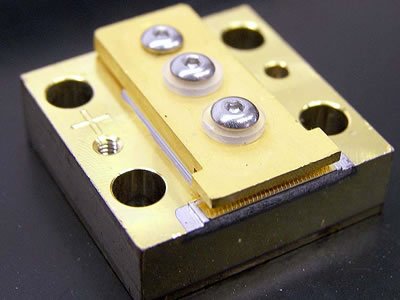Hello, I am very new to laser pointer forums. I am wondering if anyone out there knows anything about the Everphotonics 808-100W-QCW. This is a 100W 808nm laser diode bar. I need to know if this has a driver module on the input. Does anyone know? Any help would be very much appreciated.
Here is a picture of it.

Here is a picture of it.

Last edited:




